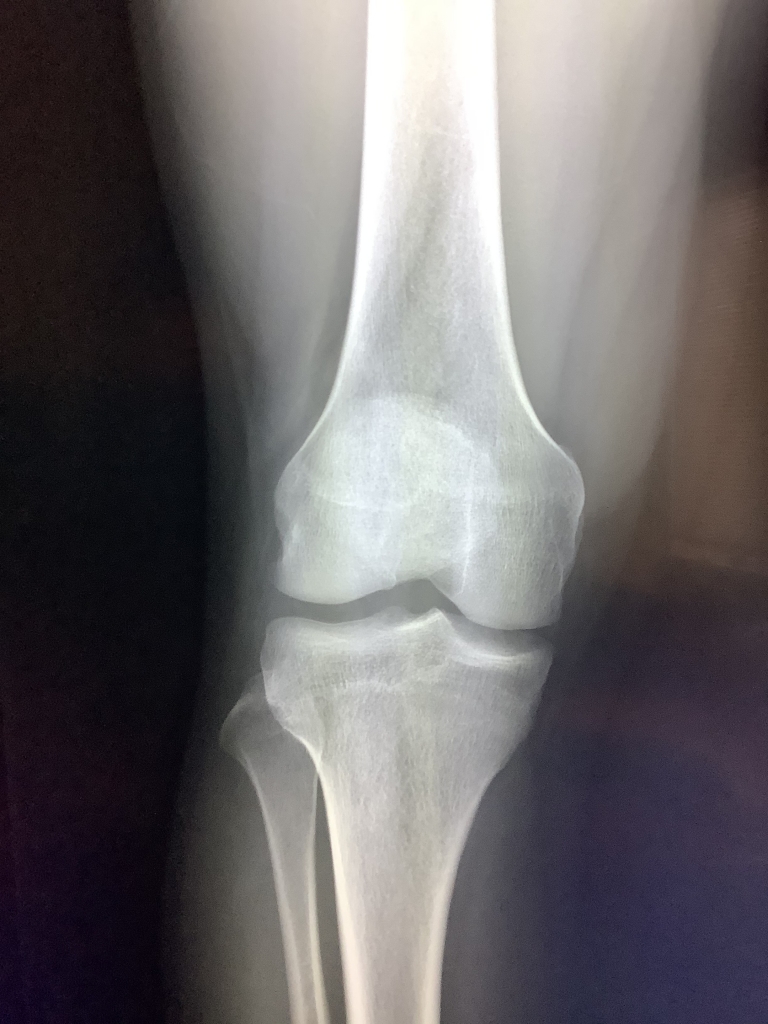Necrotic Lymph Node
Lymph nodes are small, bean-shaped glands throughout the body. They play a crucial role in your immune system, helping to fight infection by producing and storing cells that help your body recognize and combat germs. However, sometimes these lymph nodes can become necrotic, a condition that may raise concerns and require medical attention. In this guide, we will discuss what necrotic lymph nodes are, their causes, symptoms, diagnosis, and treatment options, aiming to provide a comprehensive understanding of this condition.
What Are Necrotic Lymph Nodes?
Necrotic lymph nodes refer to lymph nodes that have undergone necrosis, which means that the tissue in the lymph node has died due to a lack of blood supply or severe infection. This condition can be an indicator of various underlying health issues, ranging from infections to malignancies.
Causes of Necrotic Lymph Nodes
The causes of necrotic lymph nodes can be diverse. Infections are the most common cause, with bacteria, viruses, and other pathogens leading to the condition. Tuberculosis, for instance, is a significant bacterial infection that can cause lymph node necrosis. Furthermore, certain types of cancers, such as lymphoma or metastatic cancer, can also lead to necrosis of the lymph nodes as the disease progresses.
Symptoms to Watch For
Identifying necrotic lymph nodes involves noticing the symptoms that may accompany this condition. Common symptoms include swelling or a noticeable lump in areas where lymph nodes are located, such as the neck, armpits, or groin. The affected area may also be tender or painful to touch. In cases where the necrosis is due to an infection, symptoms may also include fever, night sweats, and unexplained weight loss.
Diagnosing Necrotic Lymph Nodes
To diagnose necrotic lymph nodes, healthcare professionals may use a combination of physical examinations, medical history, and diagnostic imaging tests. Ultrasound and computed tomography (CT) scans are common imaging techniques that provide detailed images of the lymph nodes, helping to identify necrosis and other abnormalities. In some cases, a biopsy may be necessary to determine the exact cause of the necrosis, such as distinguishing between an infection and cancer.
Ultrasound Imaging
Ultrasound is often the first step in imaging for suspected necrotic lymph nodes. This technique uses sound waves to produce images of the inside of the body. It is particularly useful for examining the structure of lymph nodes and determining if there are any abnormalities, such as changes in size or shape that might indicate necrosis or infection. Ultrasound can also help differentiate between solid masses and fluid-filled cysts, providing valuable information for diagnosis.
Computed Tomography (CT) Scans
CT scans provide a more detailed look at the lymph nodes than ultrasound. By taking multiple X-ray measurements from different angles, CT scans create cross-sectional images of the body. This method is highly effective in identifying the location and extent of necrotic tissue within lymph nodes. It also helps in assessing the spread of certain diseases, such as cancer, by showing whether nearby tissues or organs are affected.
Magnetic Resonance Imaging (MRI)
MRI is used less frequently for lymph nodes but can be particularly useful in specific cases. It uses magnetic fields and radio waves to create detailed images of organs and tissues. MRI is excellent for providing high-resolution images of soft tissues, making it beneficial for evaluating complex cases of lymph node necrosis.
Positron Emission Tomography (PET) Scans
PET scans are often used in conjunction with CT scans (PET-CT) to provide more detailed information about the metabolic activity of lymph nodes. This type of imaging can distinguish between active disease processes, like cancer or infection, and inactive or necrotic tissue. PET-CT scans are particularly useful in oncology for staging cancer, evaluating the response to treatment, and detecting recurrence.
Interpreting Imaging Results
Interpreting the results of imaging tests requires expertise. Radiologists look for specific signs that might indicate necrosis, such as the presence of a central area of low density in lymph nodes on CT scans, which can suggest necrotic tissue.
Each imaging modality provides unique information that can guide diagnosis and treatment. For instance, the detailed anatomy provided by CT and MRI can help plan surgical interventions if needed, while PET-CT scans offer insights into the biological activity of the lymph nodes, influencing decisions on chemotherapy or radiation therapy.
The Importance of Imaging in Treatment Planning
Imaging is not only crucial for diagnosing necrotic lymph nodes but also plays a significant role in treatment planning. By identifying the exact location and extent of necrosis, imaging guides the selection of the most appropriate treatment approach. It helps in monitoring the effectiveness of treatment over time, allowing for adjustments in the management plan if necessary.
Treatment Options for Necrotic Lymph Nodes
Treatment for necrotic lymph nodes depends on the underlying cause. If an infection is at fault, antibiotics or antiviral medications may be prescribed to address the infection. For cases related to cancer, treatment may involve chemotherapy, radiation therapy, or surgery to remove the affected lymph nodes. Additionally, supportive care to manage symptoms and improve quality of life is crucial regardless of the cause.
When to See a Doctor
If you notice swelling or lumps in areas where lymph nodes are present, especially if accompanied by other symptoms like fever or weight loss, it is important to seek medical advice. Early diagnosis and treatment can significantly improve the outcome for conditions associated with necrotic lymph nodes.
Conclusion
Necrotic lymph nodes can be a sign of underlying health issues that require medical attention. Understanding the causes, symptoms, and treatment options is essential for anyone dealing with this condition. By staying informed and proactive about health, individuals can better navigate the complexities of necrotic lymph nodes and seek appropriate care when necessary.

